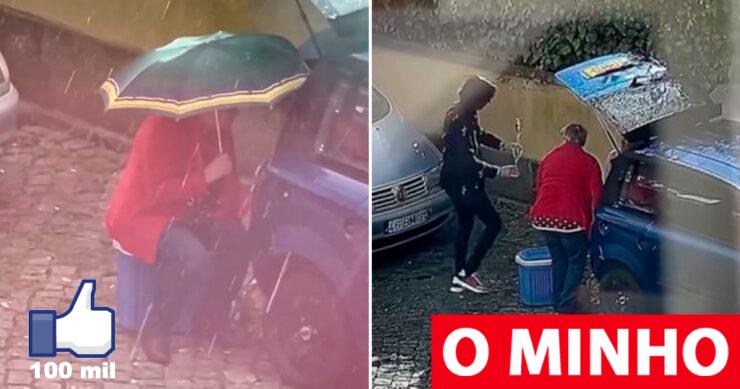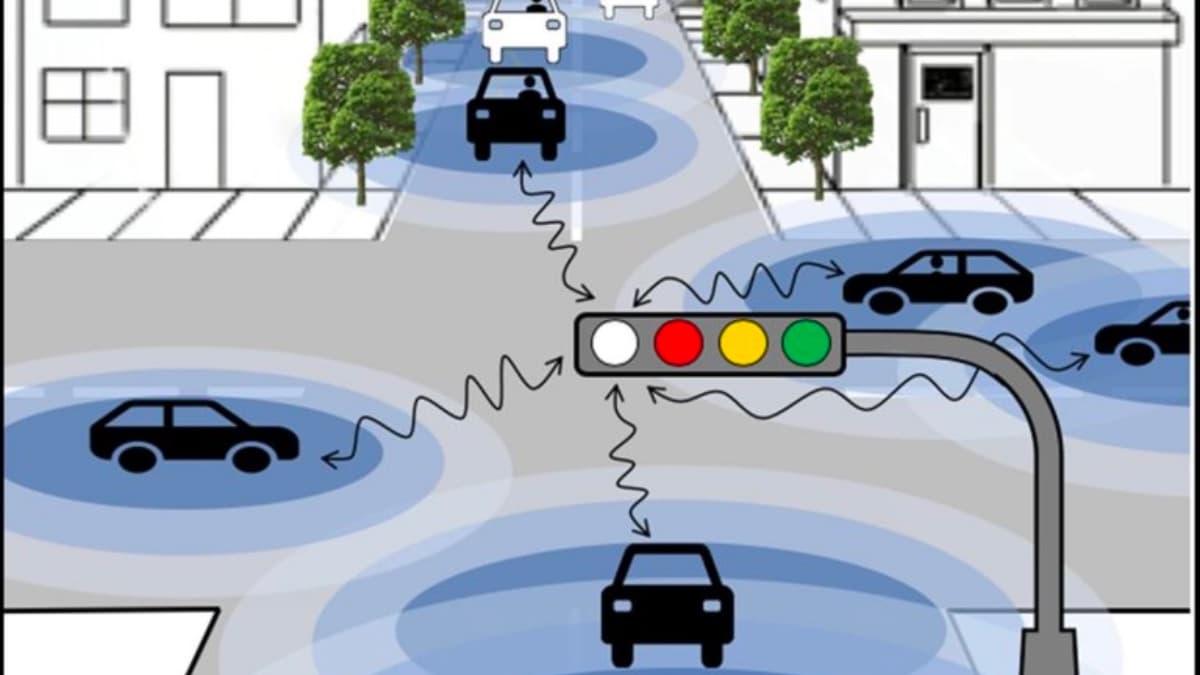With the development of cars and the introduction of self-driving and other safety technologies, traffic rules must also adapt and evolve. As such, the traditional traffic light, as we know it, with a red, yellow and green light, can be “updated” and receive another light with a new purpose!
A semaphore, also known as a traffic light, was first used on December 9, 1868 in London. Inspired by the railways, the signal engineer designed two movable arms that were activated by moving cables from the tower.
This unit contained two gas lights, one red and one green. It did not have a long existence, since on January 2, 1869, due to an accident, it exploded, causing the death of the power agent. It was removed and until August 1914 the traffic light was not installed again, which it did in Cleveland, in what is considered the first traffic light in its present appearance.
After more than 150 years, the days of traffic lights, as we see them on the roads, may be numbered. This is because the evolution of cars will also require an update of this important road sign.
According to engineers from North Carolina State University (IEEE), in the USA, in the future, traffic lights will be able to rely on a A fourth white light warns the driver not to follow the self-driving car in front of you.
A red light still means you must stop. Green lights will still mean you have to move on. The white lights will tell drivers to follow the vehicle in front of them.
Engineer Ali Hajbaei said on the American University website.
Computer simulations have shown that a four-light traffic light significantly improves travel time at intersections and reduces fuel consumption.
And to be clear, it doesn't matter what color the "white light" is. The important thing is that there is a sign that drivers can clearly identify.
Hajibaei added.
This white light is activated when enough self-driving cars approach an intersection, allowing the vehicles to communicate wirelessly with each other and with the computer that controls the traffic lights.
According to simulations, out of 10% of the presence of self-driving vehicles, a significant improvement is observed in traffic at intersections.
According to simulations, improvements in traffic flow start out small, but become significant when the number of autonomous vehicles reaches 10% of the total traffic at the white-stage intersection. As the percentage of self-driving vehicles increases, so do the benefits.
Even if only 10% of the vehicles in the white phase intersection are self-driving, delays can be reduced by 3%. When 30% of vehicles are self-driving, delays are reduced by 10.7%.
Read also:

“Wannabe internet buff. Future teen idol. Hardcore zombie guru. Gamer. Avid creator. Entrepreneur. Bacon ninja.”







More Stories
“There is a lot of capital that can be invested, but the licensing issue needs to be solved,” says the CEO of Vanguard Real Estate.
BBVA is offering one new share for every 4.83 shares held in Sabadell
Musk fires his entire team and dismantles the charging network